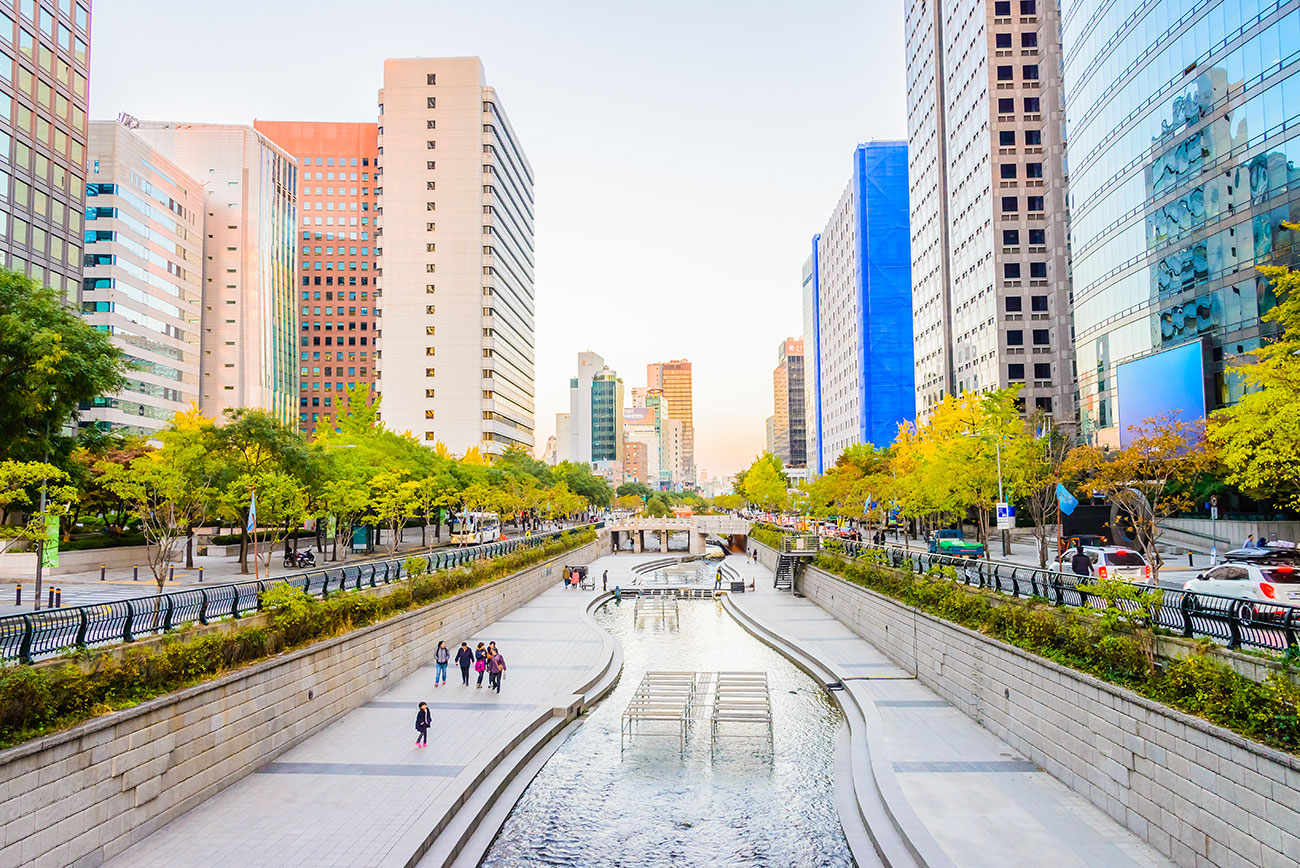Being able to accurately describe the relevance of public architecture projects and why we should focus more on them is part of the architectural debate. When talking about public architecture, we refer to a wide variety of projects and approaches that allow us to consider the role of public spaces and how they can impact those who take advantage of such spaces. Therefore, we cannot omit to have this discussion, as it is an essential part of effective public design.
First of all, it is important to understand what the purpose and the objectives of public spaces are, and how architecture, design, and engineering can help achieve them. As Spanish professor Fina Birulés explains, the public space should be one that is a space of appearance, a place of visibility for men and woman to be heard, to be seen, to express themselves, to be with themselves and others. Therefore, if public spaces aim at providing safe spaces for individuals to exist and interact, public architecture must have these objectives in mind when developing a project.
Many scholars agree that the topic of public architecture is complex, even when they share different perspectives regarding how to properly approach the issue. There are many areas beyond architecture and urbanism that must be incorporated into any project that aims at creating or improving public space. These include all the social, economic, and political issues, as well as welfare, security, and safety. Besides, this should be a public debate that includes and values the opinion of citizens, who will be using these spaces at the end.
Public architecture, then, will have a deep impact on the communities it seeks to help, as it could either improve and strengthen the ties of the community if the design is successful, or it might have the opposite effect, which would be detrimental for the users of public spaces. Therefore, we must acknowledge that public architecture is more than urbanism, more than squares and sidewalks, more than street elements like urban furniture. Public architecture is about the people that will interact through, with, and at a given space.
Public spaces should not be seen as a commodity or as a political strategy. Instead, we need to think of them as spaces where access has no class barriers. Public architecture should create physical platforms that invite people from different backgrounds to interact, to discover, and to share meaningful experiences as seamlessly as possible.








